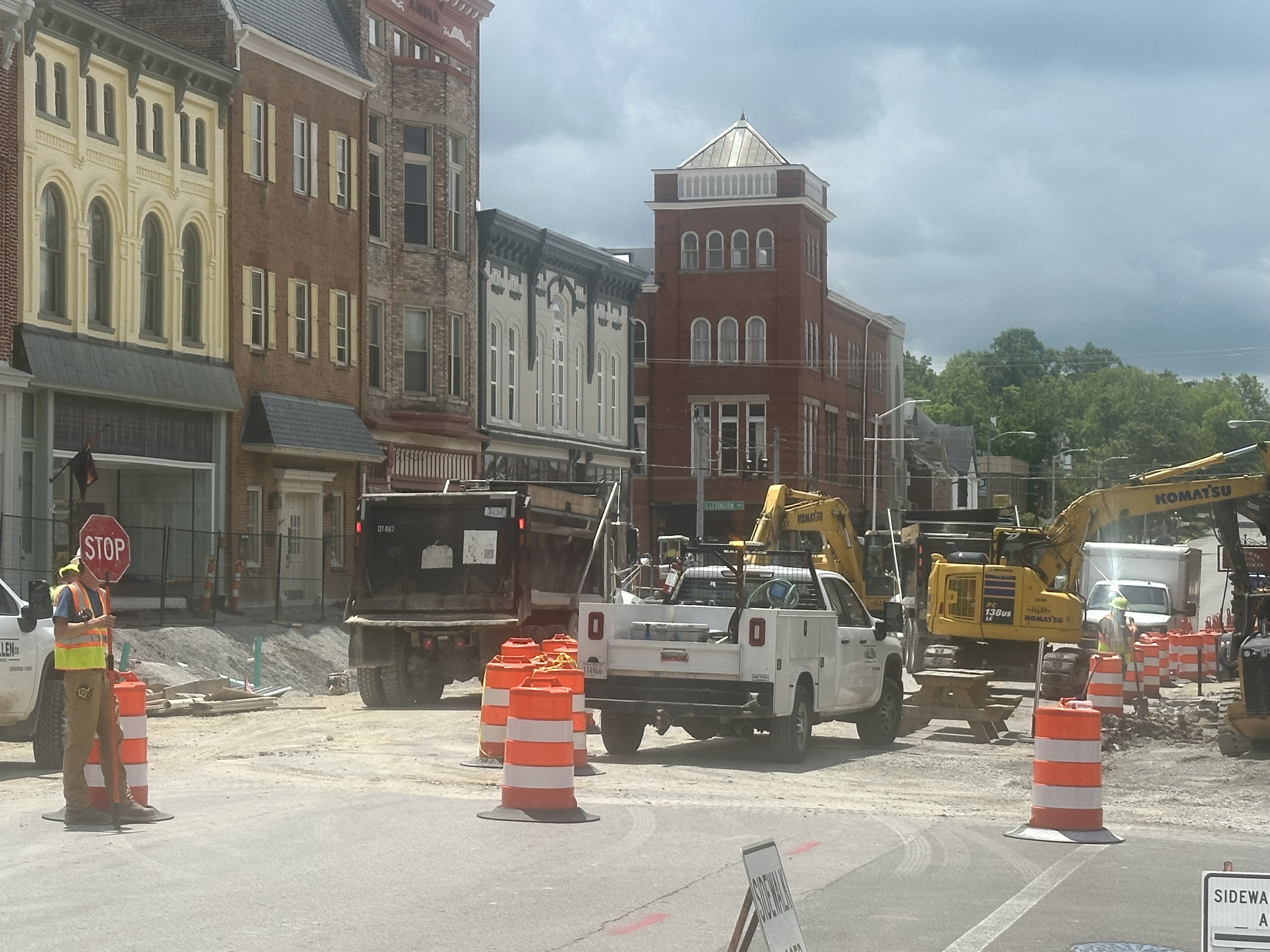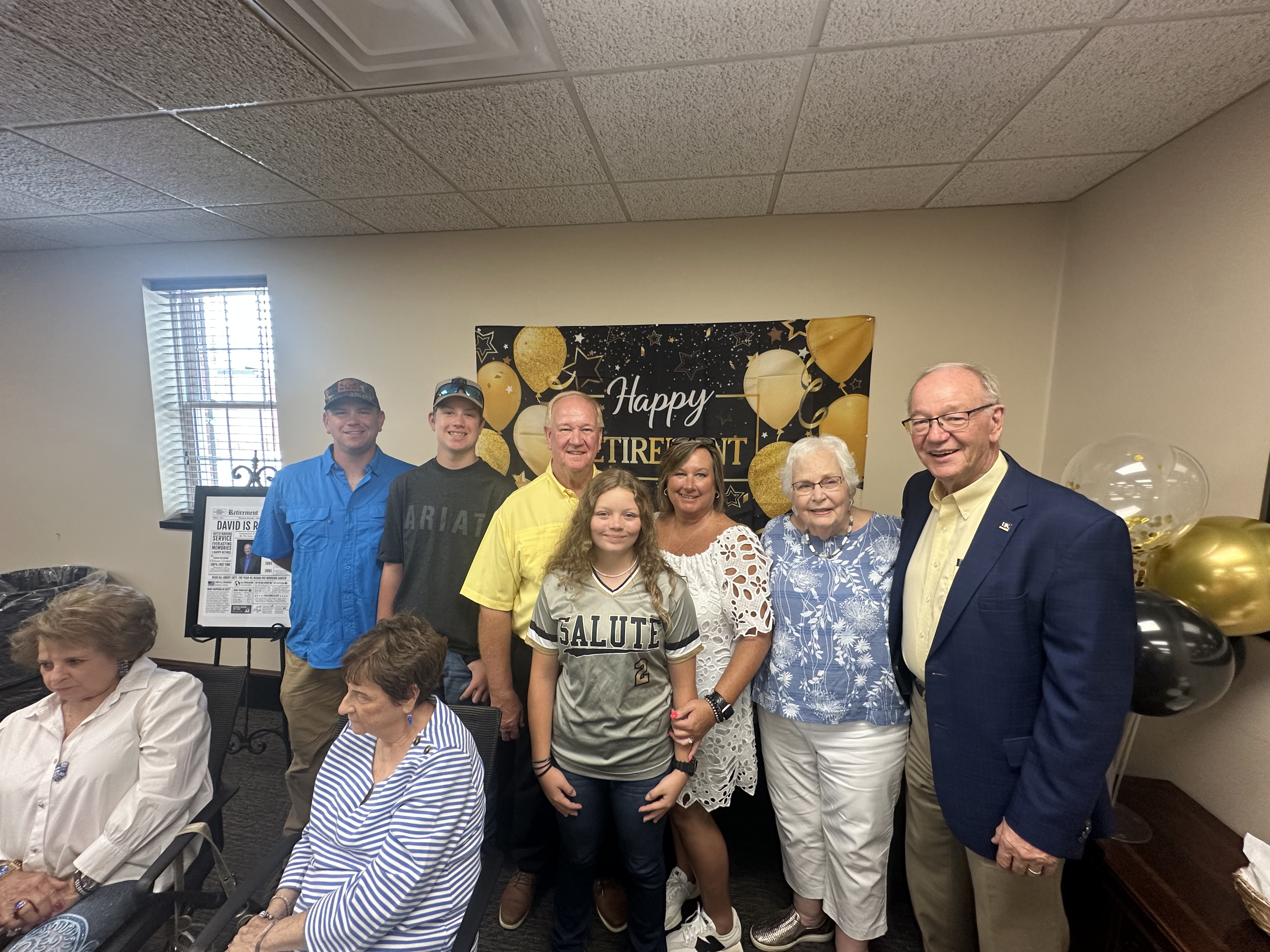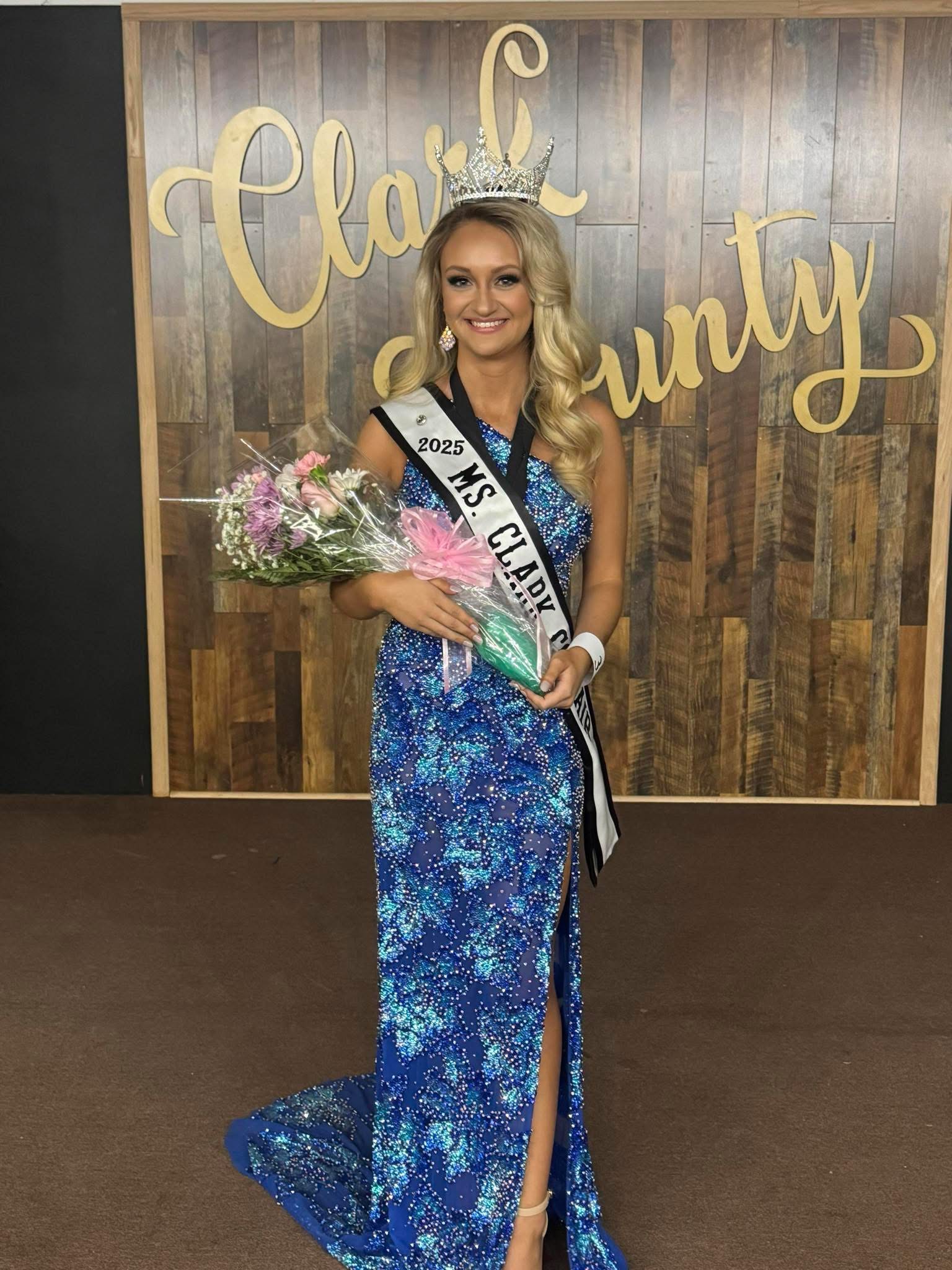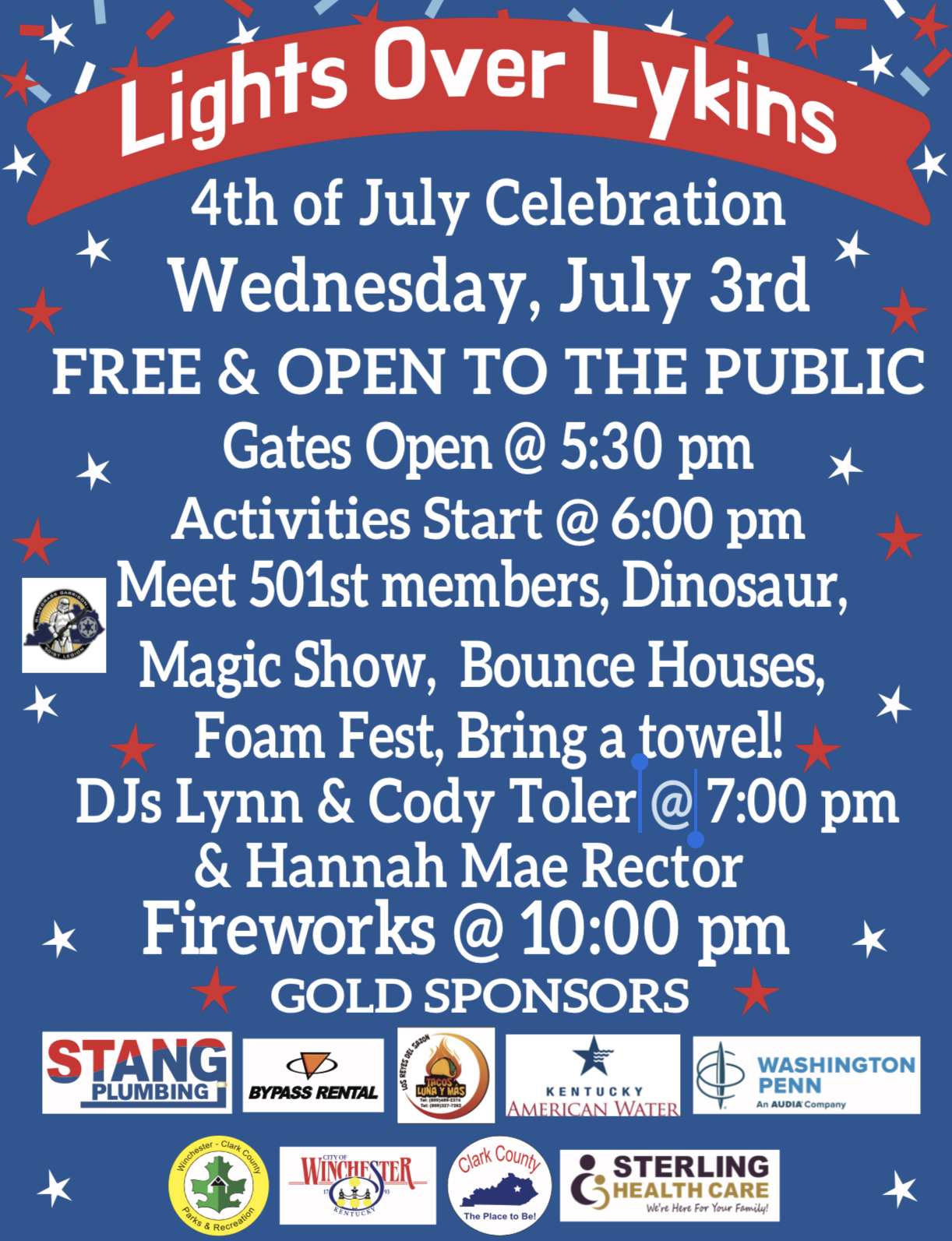First Baptist Church celebrates 150 years
Published 9:56 am Friday, October 6, 2017
Editor’s note: The following first-person historical account was prepared by Harry Enoch for the congregation and leadership of First Baptist Church in recognition of the church’s 150th anniversary.
Hello, my name is Henry Ecton.
I know it’s hard to believe, but this October we are celebrating the 150th anniversary of the First Baptist Church on Highland Street.
I’m very proud to say I played a small role in establishing the first African-American Baptist Church in Winchester.
I’ve been asked if I would share some of my memories. Perhaps I may be able to fill in some of the details about our early years.
You know those times before the Emancipation were mighty hard. For many of our black brothers and sisters it was our faith in God that kept us going. And there were a lot of us. In the year 1860, we counted for 40 percent of the population of the county. Imagine that.
We couldn’t form our own churches then, but we were allowed to worship in white congregations.
Many of us Baptists living near town were accepted as members of old Friendship Baptist Church. Their little brick meeting house was on the road from Winchester to Strode Station.
The road then ran through what’s now Winchester Cemetery, and the church stood in the northwest corner. Only a little graveyard there still marks the spot.
The War of Rebellion that began in 1861 created a dreadful disturbance in our county. Kentucky remained loyal to the Union, but many of the young men here went off to fight for the Confederacy — in order to keep us enslaved.
Late in the war, President Abraham Lincoln allowed black enlistment in the Union army.
Oh, you cannot imagine how many answered the call. Some have claimed nearly every able-bodied young man left their owners and made way to Camp Nelson to enlist. They formed dozens of colored regiments there. Cavalry, infantry and heavy artillery. Those men fought and many died to earn our freedom.
You may know that before the 13th Amendment we weren’t allowed to marry — by law. But, of course, we did anyway. I married Dulcina in 1852. It wasn’t until 15 years later that we were declared legal. To do that, we had to go down to the courthouse and pay to have our marriage recorded.
After the war, we began forming our own Baptist congregation. At first we met at my house. Dullie and I had a little place on Broadway in Winchester. It was right across the street from where the Methodists were building Allen Chapel.
Winchester seemed like a metropolis to us then. They say there were only 1,400 people that lived in town, but everyone was packed in on just a few streets.
After our tiny congregation began to grow, we rented a house on Church Alley where Town Branch crossed. The branch runs underground now but it used to be a free-flowing stream. That little house was pretty close to my backyard.
Our big year was 1867. That’s when we purchased a lot on Highland Street to build our own church. The lot ran 48 feet along the east side of Highland and all the way back to the alley.
On Aug. 9, John Madigan and his wife Ann signed a paper deeding the property over to “the African colored peoples Missionary Baptist Church” — as we called ourselves then. Our trustees were Madison Gentry, John Woodford and Lewis Hood.
We had to pay the Madigans $220 in cash money. I don’t exactly recall where we got the money, but I suspect it was from Lewis Hood. He was a handy carpenter and kept busy at his trade.
Brother Lewis and his wife Isabella even owned their own house. They lived on Muddy Creek Road just outside town near the old city quarry. Right next to their place is where many of our brothers and sisters sleep — in Daniel Grove Cemetery.
The rest of us hired out as farm workers and just barely scraped by. Madison Gentry was the eldest of our group. Madison was born about 1815 and lived down in the Bush Settlement. He joined Providence Baptist Church in the year 1837, when I was only two years old.
Some of our first members were Gilbert and Jane Embry, Thornton Gay, John Brockman, Levi “Lee” and Maria Rogers, Madison Murray, Amanda Taylor and Agnes Combs.
We built our first church on that Highland Street lot. Led by Brother Lee Rogers, church members provided the labor.
The building was only 30 feet by 36 feet, and it wasn’t long before we outgrew it.
By 1885, our membership had grown to 200. Our pastor then, the Rev. Frank Hummons, along with the church leaders decided to split the congregation.
Thirty of our members who lived in the Washington Street area were given permission to form Washington Street Baptist Church. John Brockman was their first pastor.
It may surprise some of our members now, but at the time, Wiley Poynter began selling lots in Poynterville, most of our people lived in the area around East Washington Street, Highland Street and East Broadway. We had three churches in this neighborhood, our church on Highland, Allen Chapel CME on Broadway and Clark Chapel AME on Broadway at Church Alley.
There were homes and businesses and even an I.O.O.F. Hall that provided space for several of our fraternal societies.
Getting back to our problem, the little 30-by-36 building was still way too crowded. This resulted in another split in 1889, when 66 members were given letters to form Broadway Baptist Church.
In 1893 we began building a new brick facility trimmed out with Bedford stone. Rev. Patterson was pastor when the cornerstone was laid for a 36-by-42 foot building, and W. O. Harper was pastor when it was completed in 1896.
By this time, you may have guessed, I had passed on to my great reward. But I still kept up with the goings on at our venerable old church.
Many have forgotten a memorable event that occurred in 1919.
One of our most esteemed members was William Webb Banks. His wife, Annie Simms Banks, was just as accomplished as he was. In March that year they were hosts to Mrs. Booker T. Washington’s visit to Winchester. Mrs. Washington was then president of the National Federation of Negro Women’s Clubs.
In 1926, a building committee recommended building a new edifice. They estimated cost to be $33,000. The officers of the committee were E.S. Taylor, C.F. Sloan, C.E. Colerane and J.H. Taylor. They along with Rev. E.O. Givens, began a fundraising campaign. In July 1929, the old church was demolished and work on the present church began. The congregation worshiped in the basement until 1937.
We held a mortgage-burning ceremony in June 1944. The building is now a Kentucky landmark.
An expansion program was launched in 1998 under the leadership of Pastor Marcellous Ridgeway. The basement was renovated with added classrooms and restrooms and a Family Life Center was built.
The Rev. Marvin King Jr. became our pastor in 2010. Under his guidance, the sanctuary was completely remodeled, the church purchased additional properties, a children’s wing was established and Operation Christmas Child was begun. And much more is planned. You can be sure I’ll be keeping my eye on things.





